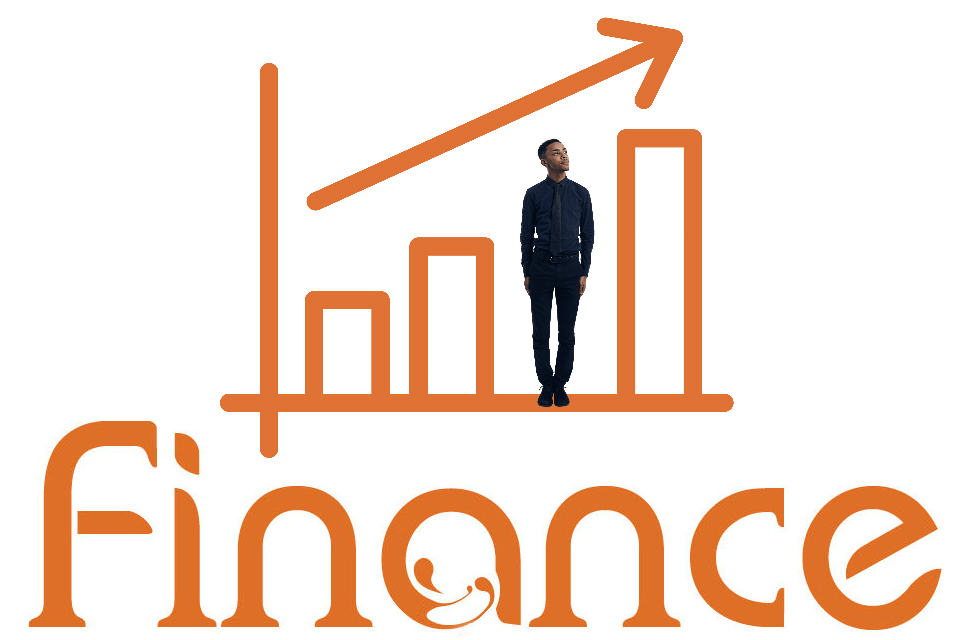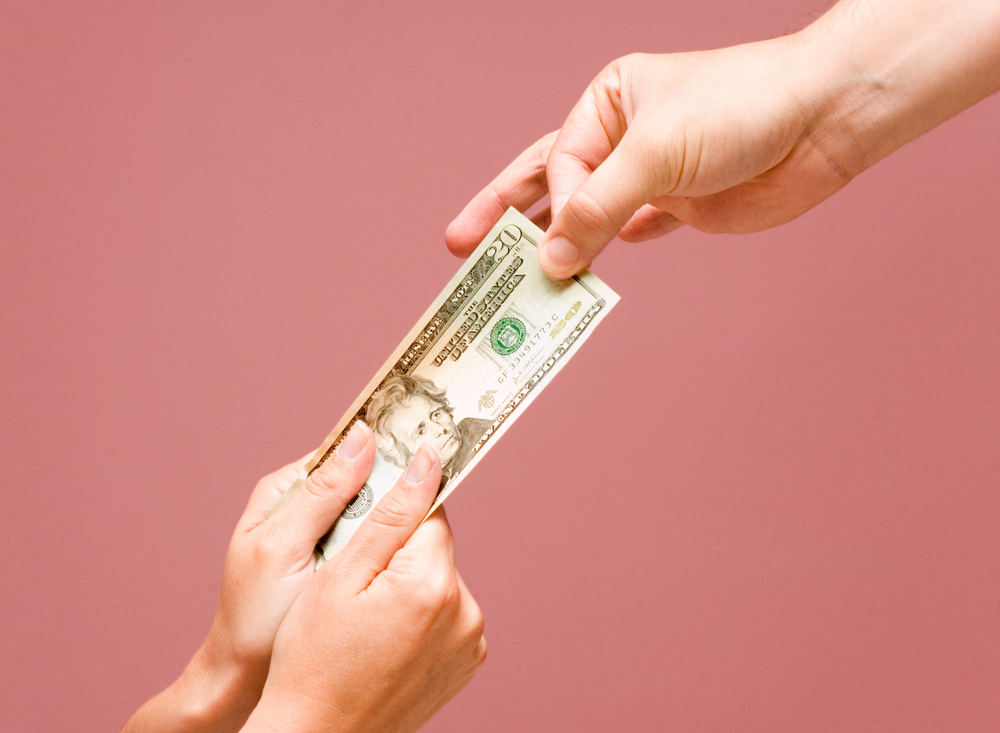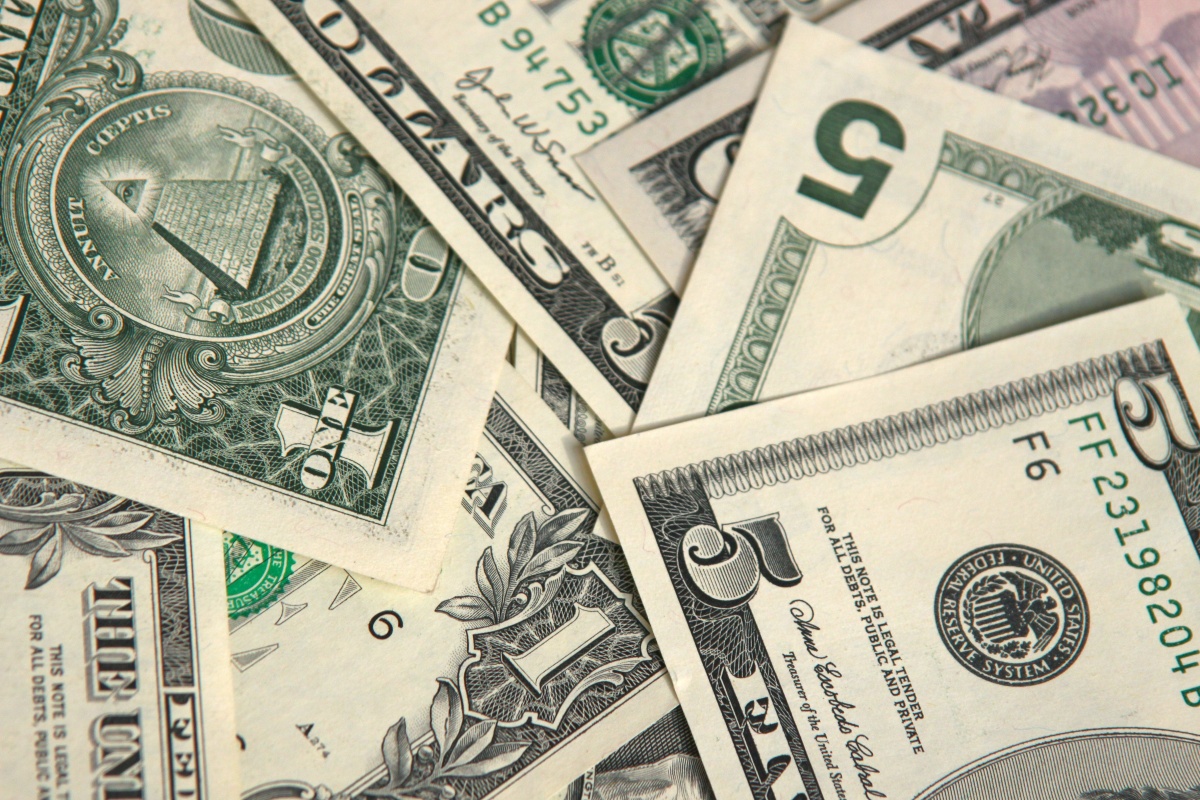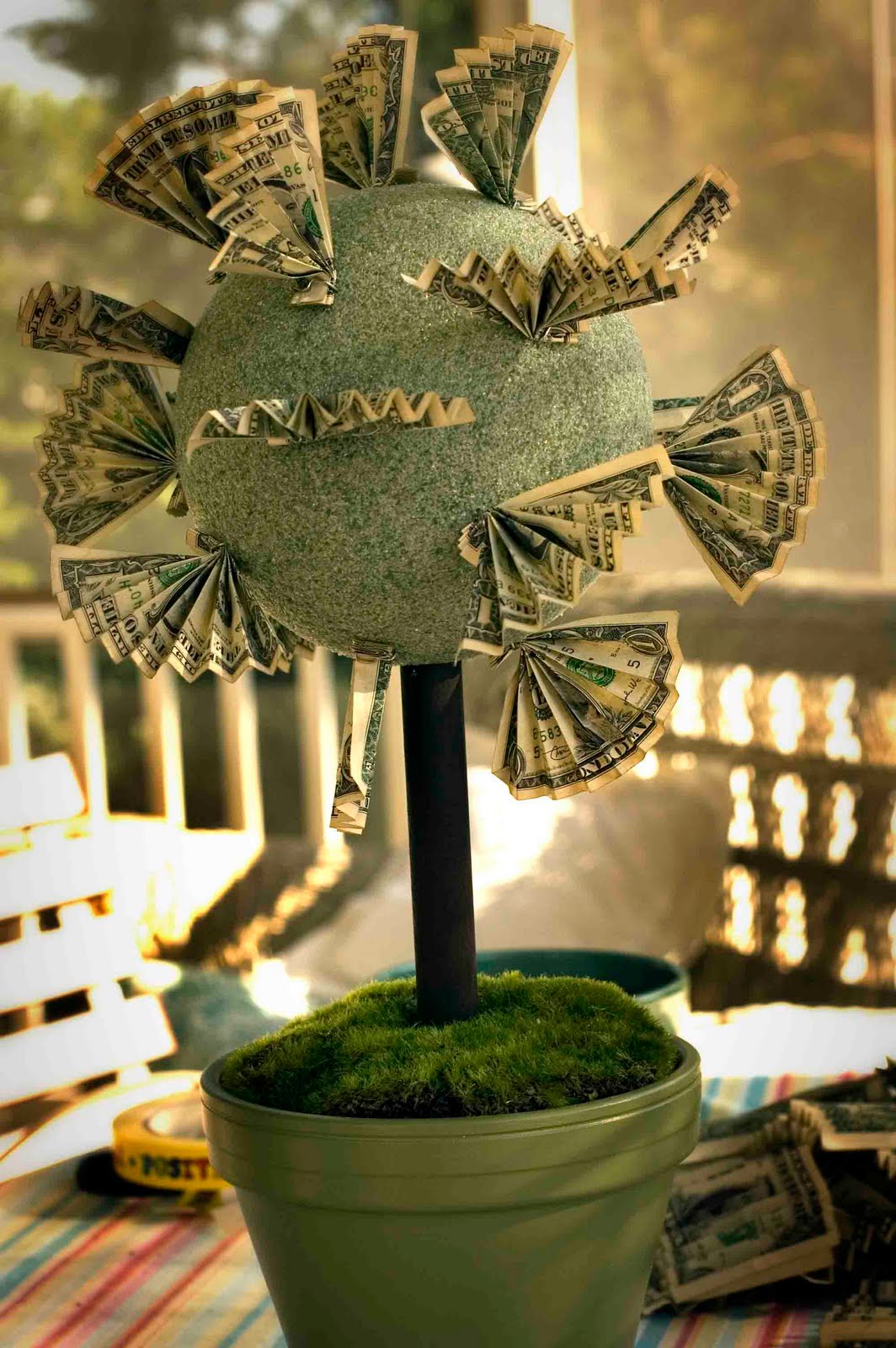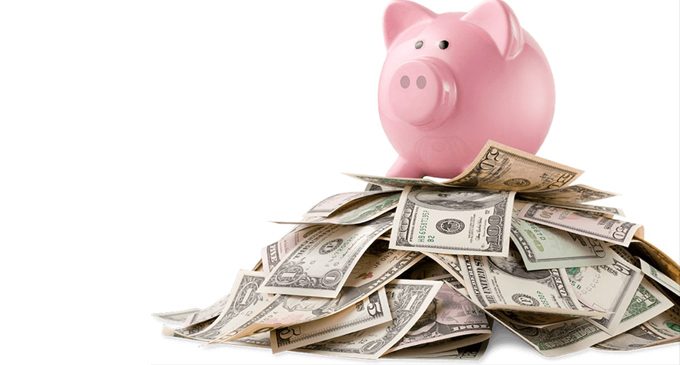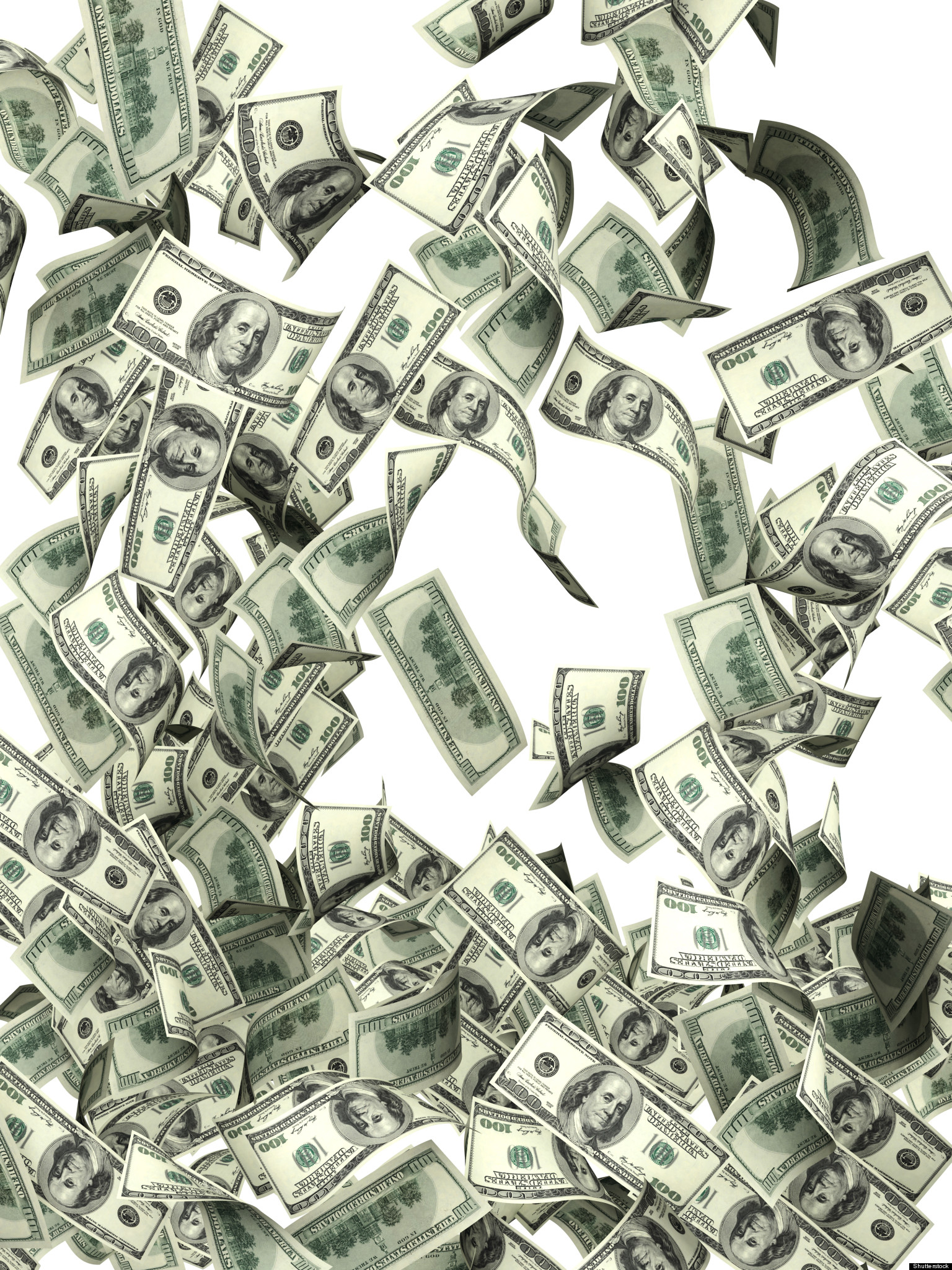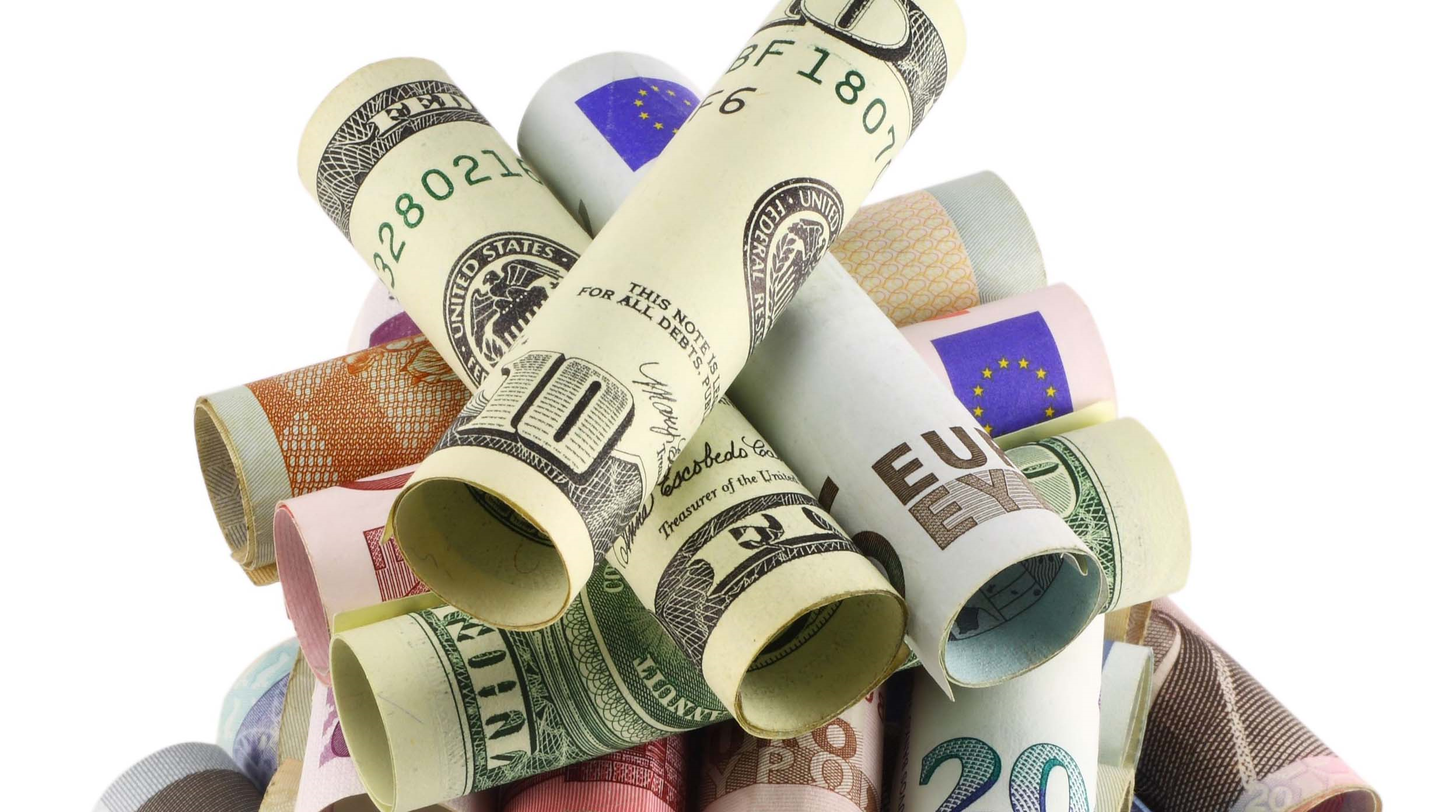The light hits the polished metal just so, a dull gleam reflecting off the massive, angular form that dominates the lobby. It’s supposed to be art, I think, as I navigate the sterile, hushed space, my heels making a crisp, almost aggressive click against the polished concrete. This particular sculpture, a riot of primary colors frozen in a violent embrace, looks less like an expression and more like a corporate logo rejected by a long-defunct tech startup from, say, 1991. Its presence is less about beauty and more about assertion, a statement that screams, “We spent an alarming sum on this, so you will acknowledge its existence.” And I do. Every single day, I acknowledge its existence, and every single day, it makes me feel inexplicably, profoundly sad.
I used to believe this kind of art was simply a product of bad taste, a boardroom’s collective failure to grasp aesthetic value. My spice rack, for example, is alphabetized, a small victory of order in a chaotic world. I like things to make sense, to have a purpose, or at least a recognizable intention. But corporate art, especially the colossal, abstract pieces that guard the entrances to our professional lives, defies this. It’s not just bad decoration; it’s something far more insidious, a meticulously chosen symbol




